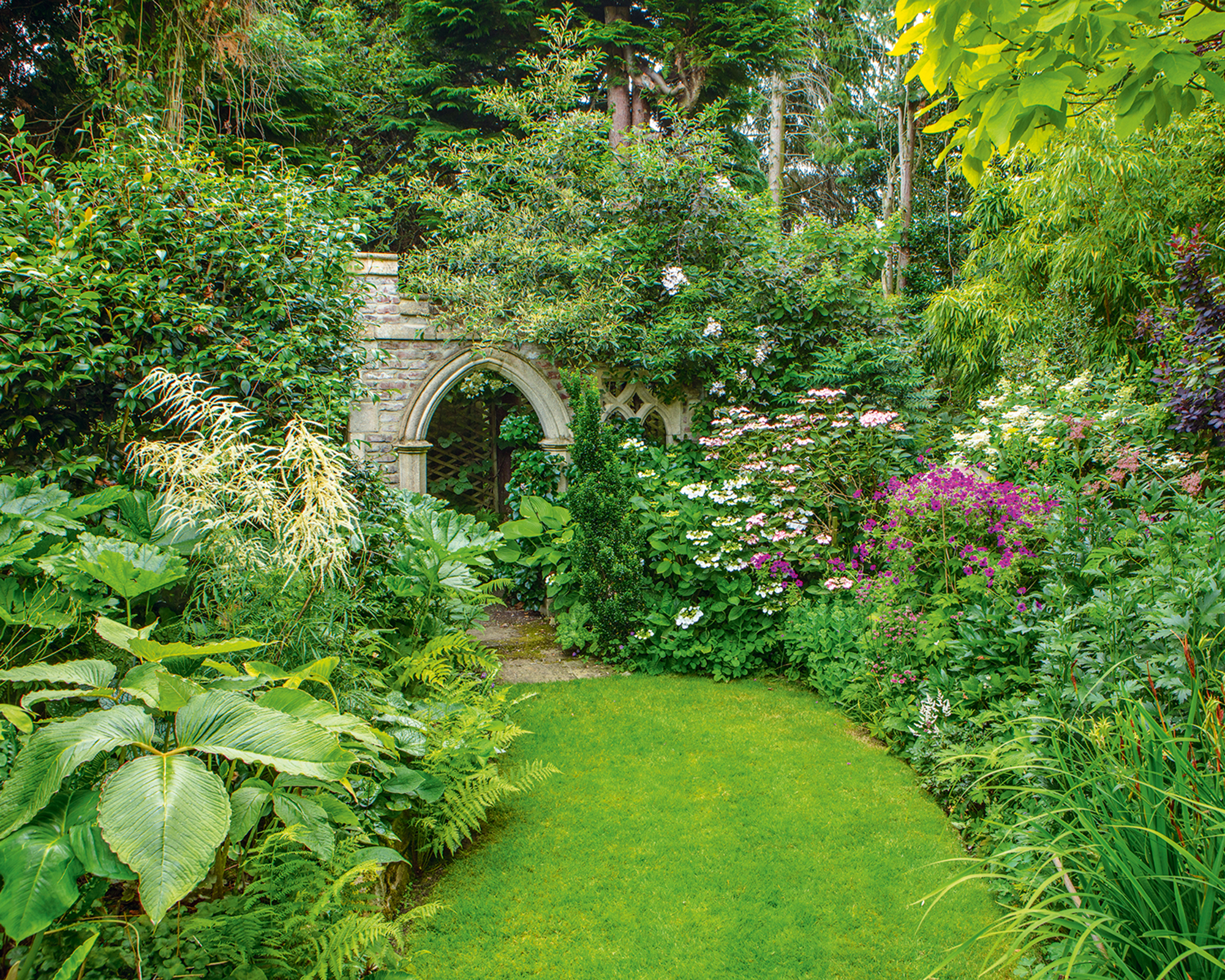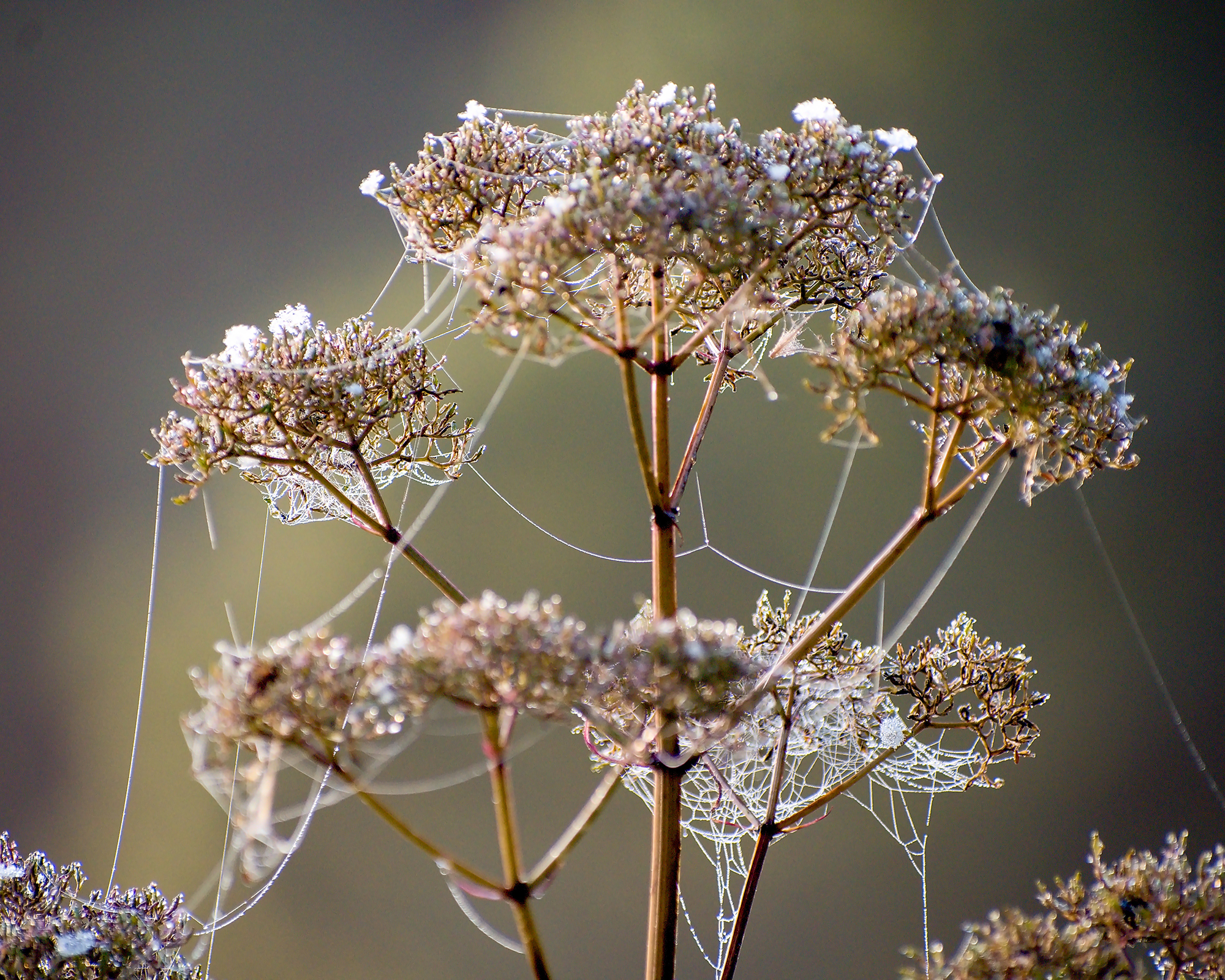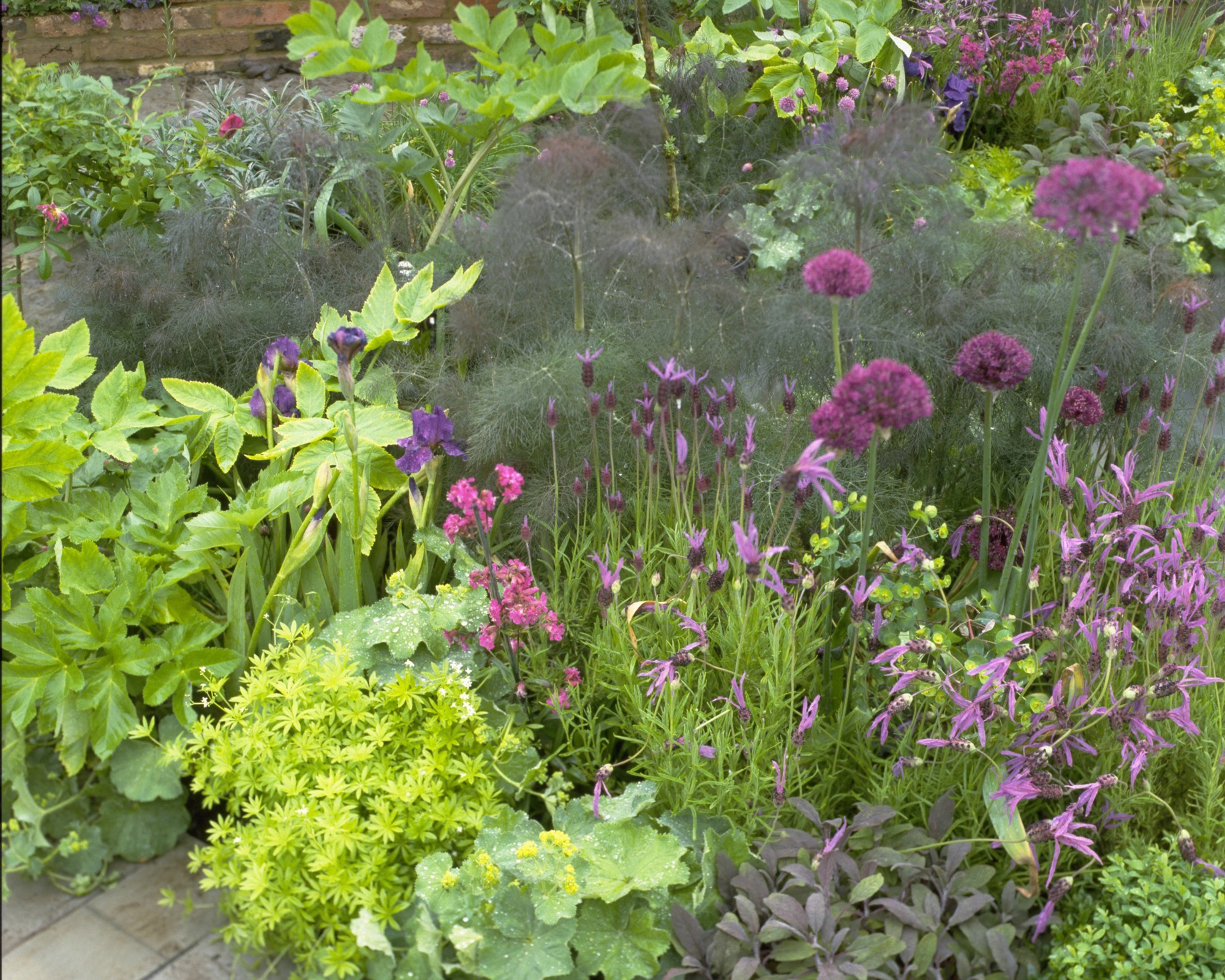6 Ways The Goth Gardening Trend Is Surprisingly Sophisticated And Sustainable
It's time to rethink your assumptions about goth gardens. This deliciously dark theme offers a wealth of design inspiration that all gardeners can learn from.


The term goth gardening might conjure up images of poisonous plants, spiderwebs and crumbling tombstones. While it can certainly include those features, it is actually a versatile style that has something to offer every gardener.
With roots in Victorian design and literature, gothic gardening is becoming one of the biggest garden design trends among those looking to embrace the darker, more unusual side of planting and landscaping.
‘Cemeteries are becoming hip hangouts, and people are flocking to plants with dark foliage, blood-red flowers, and peeling bark,’ says Katie Dubow, president of Garden Media Group, which highlighted the goth craze in its 2024 trend report.
'Investigation into darkness retreats and decaying places is happening by all generations, but particularly Gen Z, driving viral content such as the memorable greenhouse scene in Netflix’s Wednesday, and The Last of Us, enchanting and terrifying the masses with deadly fungi.'
Wholeheartedly embracing the goth look might make your garden look like the set of a horror movie. Yet, scratch beneath the surface and the theme offers a wealth of design inspiration that any gardener can learn from. It's also a surprisingly sustainable trend that allows wildlife to thrive and reclaim the landscape.
Discover how to recreate the best aspects of goth gardening in your own yard.
1. Goth gardens are brimming with design intrigue

A gothic garden tells a story and slowly reveals itself as the visitor travels through. This adds an element of intrigue and suspense to the design.
Sign up for the Gardening Know How newsletter today and receive a free copy of our e-book "How to Grow Delicious Tomatoes".
Think pathways that twist and wind around the space; sculptural topiary that draws the eye and ignites the imagination; hidden areas disguised behind weeping trees and trailing plants; or a walled “secret” garden containing the most curious plants.
The best goth gardens also offer a sensory experience, with interesting textures to touch, fragrant plants to smell, and slightly jarring sounds from rustling wildlife and trickling water features.
An interplay between light and shade is key – with darker areas made to feel part of the design, and planted with shade-loving plants. Sculptural features – such as trees and statues – can be uplit for a striking effect after dark.
If you love the idea of a night garden that comes alive in the moonlight, then nighttime herbs and night jasmine are perfect for goth gardens.
Whatever style of garden you aspire to, you can take inspiration from these clever design tricks.
2. Nature is allowed to take over

A goth garden should never be pristine, and there should be a certain amount of plant death and decay on display. That might sound macabre, but it is a much more sustainable approach to take to gardening.
Instead of religiously cutting back and deadheading plants as soon as the growing season is over, let them go to seed and die back.
Seed heads not only make a beautiful architectural feature, but they provide a food source for birds and other wildlife.
Let some plants become overgrown, and take a relaxed approach to removing weeds.
It’s important not to let invasive plants dominate, but certain weeds, such as dandelions, ground ivy, henbit, purple dead nettle, and violets add to the gothic look and provide food for precious pollinators.
In a forgotten corner of the garden, add some broken pottery and logs. Let nature take over, and soon you will have a teeming bug hotel that supports the biodiversity of your yard.
3. A dark color palette is oh so chic

There are so many stunning plants that can be incorporated into a goth garden. Of course, the palette should include black flowers – or almost black – as well as deep wine red, or dark purples and pinks.
Good plant choices include heuchera 'Black Pearl, astilbe 'Dark Side of the Moon', tulip ‘Black Parrot', hellebore 'Dark and Handsome', sunflower 'Blood Red', rose 'Black Cherry', snapdragon 'Black Prince', and smoke tree 'Royal Purple'.
A softer romantic edge can be achieved by teaming dark colors with paler pink and white, and including flowers with ruffled petals. Petunias, oriental poppies, and peonies are all good choices. White orchids and lilies add an ethereal touch.
4. Garden antiques add character and reduce waste

A gothic garden should have a sense of faded grandeur, and the most authentic way of achieving this is to use antique and vintage pieces. Their weathered, patinated surfaces impart character and history, while adding to the narrative.
Architectural salvage can add a fantastical fairy tale feel – think old windows, mirrors, rusty lanterns, decorative stonework, weathervanes, even religious items reclaimed from old churches.
Garden items to look for include statuary, planters, sundials, birdbaths, troughs, and ornate cast-iron furniture.
Damaged pieces can make fabulous focal points, such as a broken urn with ivy growing over it, or a headless statue covered in lichen.
Not only is the effect more sophisticated than buying new, but it’s also highly sustainable to save old pieces and make them feel part of a lived-in scheme.
5. Herbs and medicinal plants are prized

In a gothic garden, plants are not just for admiring – many of them have a purpose. This might be as extreme as planting a poison garden (fascinating, but not advisable where there are children or pets!), or including species that were used historically in medicines, or witches' concoctions.
Purple basil, comfrey, borage, sage, jasmine, hyssop, and rosemary are just some of the huge range of plants to choose from.
The best thing about these plants is that they are highly attractive to pollinating insects, helping to nurture the biodiversity of the garden.
6. Manicured lawns are out

One of the best ideas you can take from a goth garden is to move away from a traditional manicured lawn.
So much water, chemicals, and energy go into maintaining the perfect lawn. However, lawns in a gothic garden require no mowing.
Instead, look to low-maintenance, low-growing lawn alternatives that provide ground cover while providing benefits to wildlife.
Moss, sweet woodruff, creeping thyme, and creeping Charlie are all excellent choices that look perfectly in-keeping with a goth garden – and require no mowing, watering or fertilizing. Sustainable and beautiful.

Melanie is an experienced gardener and has worked in homes and gardens media for over 20 years. She previously served as Editor on Period Living magazine, and worked for Homes & Gardens, Gardening Etc, Real Homes, and Homebuilding & Renovating. Melanie has spent the last few years transforming her own garden, which is constantly evolving as a work in progress. She is also a passionate organic home grower, having experimented with almost every type of vegetable at some point. In her home, Melanie tends to an extensive houseplant collection and is particularly fond of orchids.